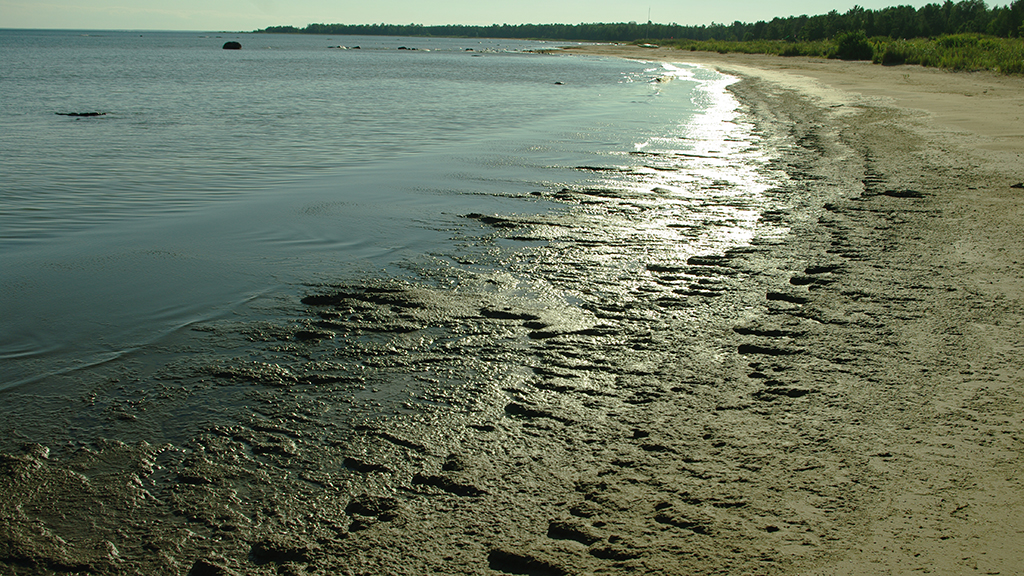Abstract
This interrupted case study, designed for an introductory biology or environmental science course, introduces students to the complexity of ecosystems by examining changes in trophic interactions and abiotic factors in a freshwater ecosystem as a result of human actions. The case narrative describes the recent and undesirable appearance of decomposing algae (Cladophora glomerata) on a public beach in the Laurentian Great Lakes. Students are asked to use the scientific method by creating hypotheses and examining observational data to describe biotic and abiotic components of the Great Lakes ecosystem. The case requires students to differentiate between benthic and pelagic environments (e.g., the influence of depth and phytoplankton density on light availability, and the availability of phosphorus) and the interactions between organisms in both environments. Students also examine shifts in these interactions as a result of the newly introduced zebra and quagga mussels, which have ultimately resulted in the algae's presence on the beach. There are also opportunities to discuss the impact of these ecosystem changes on people who own property and/or visit the beach.



